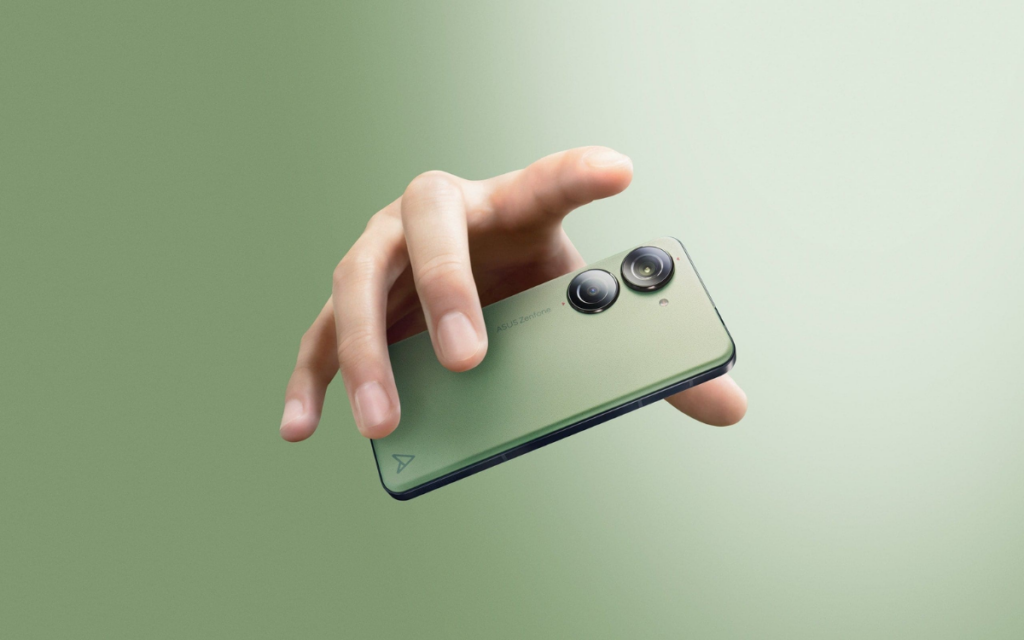For years, compact smartphones have had a dedicated fanbase—those who prefer a small, one-handed device that is easy to carry. But in 2025, the small phones no longer make sense. This decline is not due to a lack of consumer interest. Still, because the trade-offs are too big. Issues such as battery life, heat management, application optimization, and network performance have rendered small phones fighting a losing battle against modern technology.
Battery Life: The Biggest Compromise
The biggest reason small smartphones struggle today is battery life. The capacity of smartphone batteries relies on physical size, and the smaller device offers limited space for a high-capacity cell. Even with advancements in battery technology and improvements in efficiency from 3nm chipsets, compact smartphones still can’t match the endurance of their larger counterparts.
For instance, consider the iPhone 13 Mini. For example; Apple’s tight hardware and software integration, it still couldn’t compete with the battery life of its larger siblings. The reality is that users expect their phones to last all day, and with the demands of power-hungry applications, 5G connectivity, and high-refresh-rate displays, smaller phones struggle to provide the same level of reliability.
Performance
Size also affects performance. In 2025, flagship chips will be faster than ever, but they produce heat. Larger devices have more surface area and better internal layouts for heat dissipation, which facilitates sustained peak performance. In contrast, smaller phones face challenges related to thermal management. The processors in compact enclosures tend to throttle quickly, resulting in performance declines during activities such as gaming, video rendering, or even heavy multitasking.
Cooling technologies like vapor chambers and graphite heat spreaders have become standard in premium smartphones, but they require space. Small phones either lack these advanced cooling systems or utilize smaller versions that are less effective, making them prone to overheating during prolonged use. As a result, a small phone may feature the same processor as a larger model on paper, but its actual performance in real-world scenarios is compromised.
Software and App Design
Mobile applications evolved alongside hardware and today’s mobile experiences that cater to larger display sizes. Social media apps, productivity apps, and streaming services are all designed with a specific screen real estate in mind, resulting in UI elements spaced accordingly. Conversely, smaller smartphones often lead to congested layouts, smaller touch targets, and a decline in overall usability.
Developers tend to focus on mainstream devices, which in 2025 means optimizing for 6-inch or larger screens. While some apps provide scaling features, the user experience on a smaller phone is generally less polished, whether it’s text getting cut off, UI feeling too tight, or challenges in split-screen multitasking. The result, small phones feel like secondary considerations in a world that favors larger displays.
5G and Connectivity Challenge
The shift to 5G has also made small phones less practical. Modern smartphones are equipped with multiple antennas designed to enhance signal reception, faster speeds, and reduce latency. Larger phones can accommodate these antennas efficiently, ensuring stable connectivity in congested areas. In contrast, smaller phones often compromise on antenna positioning, resulting in weaker reception, slower speeds, and increased battery drain as the device works harder to maintain a connection.
Additionally, new wireless technologies like Wi-Fi 7 and mmWave 5G demand optimal placement of internal components, something that’s much harder to achieve in a compact frame. This means small phones may struggle to match the connectivity experience of larger flagships, making them less appealing for users who rely on fast and stable.
Consumer Trends Have Shifted
The current market reality is that the majority of consumers are no longer interested in small phones. Although there remains a demand for compact devices, it is limited to a niche audience rather than the mainstream. Manufacturers tend to focus on products that appeal to a broader customer base, and sales data consistently indicates a preference for larger screens. The rise of foldable phones also complicates the situation for smaller devices if users want a compact option can now choose foldables that can be expanded into larger displays when necessary.
Even Apple, which previously promoted smaller phones through the iPhone SE and Mini Series, has shifted its focus. Asus, a brand recognized for its compact flagship models, is also discontinuing small phones, with the Zenfone 10 being the final true compact phone in its range. The iPhone 13 mini marked the end of an era, and the iPhone 16e features a 6.1-inch screen compared to the 4.7-inch display of the SE 3. Other brands have similarly retreated from the compact flagship segment, opting instead for devices that provide enhanced battery life, performance, and overall user experience.
Small Phones Are Evolving, Not Disappearing
Small phones have had their era but in 2025, they are evolving rather than disappearing Battery Life, Performance, Connectivity, and App Optimization, but brands are responding to the increasing demand for more compact options.
The concept of a small phone is evolving what was once a large device at 6 inches is now considered compact. As more brands begin to introduce compact models alongside their larger offerings, the standard size has shifted from the 5-inch category to the 6-inch category. Just a few years ago, 6-inch phones were deemed large, but they have now become the new standard for small phones.
For more daily updates, please visit our News Section.

